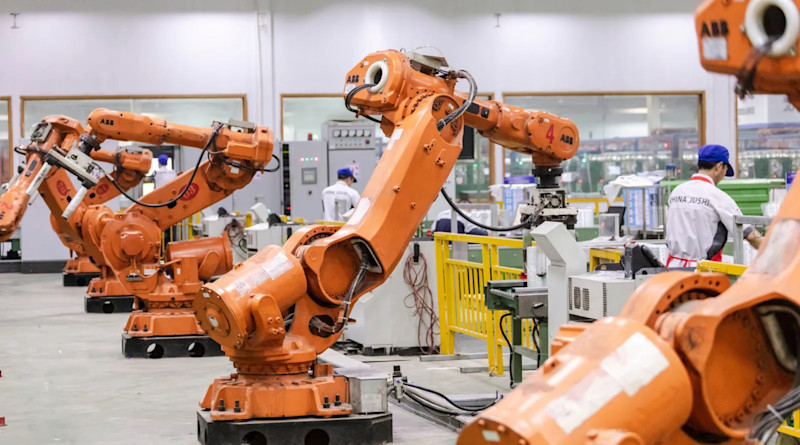“Find something you're passionate about and keep tremendously interested in it.”
– John Wooden
1. Gender Gap in Manufacturing Is Closing
Pat yourself on the back! A study released by the Manufacturing Institute and Colonial Life discusses how manufacturers are leading the way in recruiting and retaining women. Women represent a sizable talent pool that manufacturers cannot ignore, and bringing 6% more women into manufacturing would fill all open jobs in the sector. Prioritizing a diverse workplace is key to attracting workers; providing job training and continuing education opportunities, developing employee resource groups, and establishing mentorship programs all help with retention and recruitment. On a final note, both men and women cite the lack of childcare options and support to be an issue, though evidence suggests this is a larger issue for women. IMTS is no longer a sausage fest; your shop shouldn’t be one, either!
2. 3D Print This Old House
3D printed houses are much older than you may think. The idea began with William E. Urschel's "Wall Building Machine" in 1941. The machine incorporated spinning disks to smooth the extruded concrete and featured a tongue-and-groove fitting to increase adhesion between layers. It was ahead of its time and didn't receive attention for almost 50 years – when concrete 3D printing began to gain popularity. The machine bears a striking resemblance to many of the construction 3D printing systems used today, showing that the concept was ahead of its time.
3. China’s Robot Density Pulls Ahead of USA
China's investment in industrial robotics has impacted the country's ranking in robot density, surpassing the United States for the first time. The five most-automated countries in the manufacturing industry are South Korea, Singapore, Japan, Germany, and China. China is the fastest-growing robot market and has the highest number of annual installations, while the United States is in ninth place with 274 units per 10,000 employees.
4. LG Builds Positivity in Tennessee
LG Chem, a South Korean chemical company, is investing $3.2 billion to build a cathode manufacturing facility in Clarksville, Tennessee. The facility will produce EV battery materials and is expected to produce 120,000 tons of cathode material per year by 2027, enough to power batteries in 1.2 million EVs. The facility will also incorporate advanced production technology, be powered by solar and hydroelectric power, and act as a supply chain hub for material and recycling partners. This investment is in response to the Inflation Reduction Act, which requires over 50% of battery components to be manufactured or assembled in North America. Construction of the facility is set to begin in Q1 of 2021, with mass production starting in the second half of 2025. Only the elite will get the joke in the title.
5. There’ll Be a Happy Ending
Our boy Gary covers the macroeconomic situation in the United States and how #youpeople (manufacturers) can address and manage it. In this article, he examines the investments being made by General Motors in electric vehicles and how other global vehicle manufacturers are facing the same situation. He also looks at the Business Roundtable survey and the World Bank report and their implications. It concludes by emphasizing the importance of boosting production and improving productivity to achieve growth and poverty reduction.
To get the latest tech developments delivered directly to your inbox, subscribe to the weekly Tech Report here.
To access Tech Trends, log in to or register for an MTInsight account at









